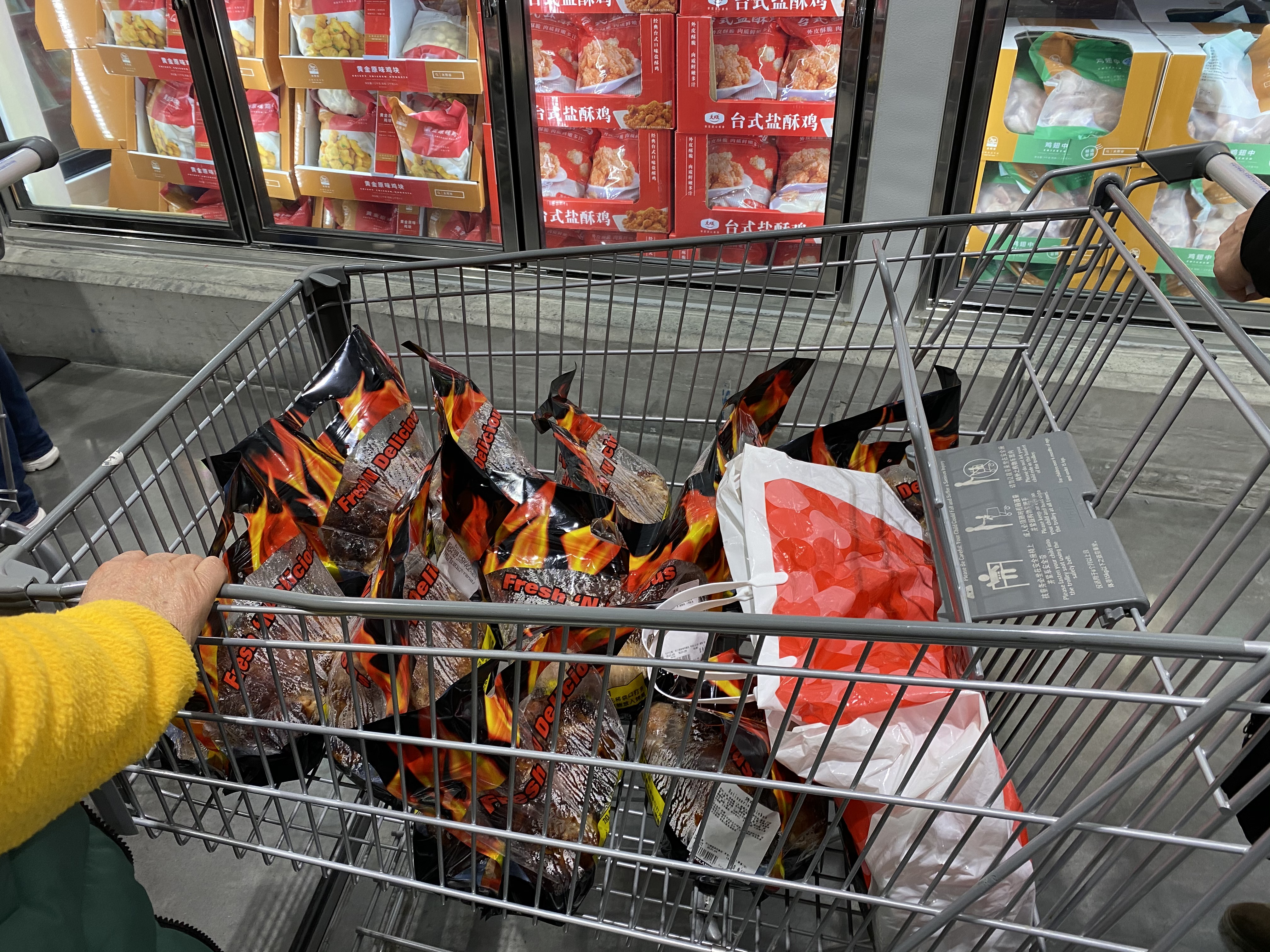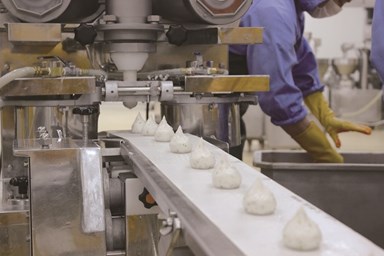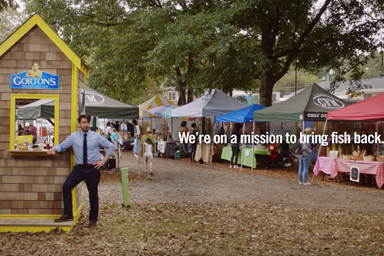Jacob Christensen , January 09, 2020
A Tale of Two Club Stores and the Rotisserie Chicken

I never thought I would see people waiting in line for rotisserie chicken the same way they wait in line for the latest craft beer release at a Seattle brewery. But here in Shanghai, at both the Sam’s Club and Costco we visited there they were, throngs of people waiting patiently—sometimes for more than an hour—to pick up their rotisserie chickens. While there were vast differences between the two popular club stores we visited here in Shanghai as part of our mission trip, what was surprisingly similar was China’s love affair with the rotisserie chicken.
Now, I’ll admit it, I love a rotisserie chicken (not as much as Wild Alaska Pollock, to be clear). I love the convenience of it, the multiple meals I can make out of one chicken, and the price point. It’s succulent and juicy and incredibly filling. Here in Shanghai, chickens were selling for around $3.00 per bird, which compared to all the seafood and meat options, was a very low price point. At Sam’s Club, it was limit one per person, but at Costco, there was seemingly no limit and patrons walked by with carts filled with three, four, even six or seven birds at a time.
We learned that retail outlets like Costco and Sam’s Club are increasing in popularity incredibly fast, with Sam’s Club aiming to have 50 outlets in China by the end of 2020. When this Costco in Shanghai opened, people reportedly waited in lines for five or six hours just to enter the store. Everyone we talked to about our itinerary so far, who learned that we were visiting the stores, said that the price is right, and the quantity is the selling feature. Many of the men we visited quipped that their wives brought home products they didn’t even want or need but felt like they couldn’t pass up because “they were just so cheap!”
Costco certainly had more Wild Alaska Pollock on display, showcasing the new Trident Wild Alaska Pollock burger and quite a few surimi crab stick items. It was hard to spot Wild Alaska Pollock at Sam’s Club. Costco was certainly busier than Sam’s Club and had larger shopping carts (which makes sense, given the lack of a limit per customer on rotisserie chickens and croissants—which were also extremely popular!). Costco appeared to be more familiar in both footprint and product skus, and customers there seemed to gravitate towards the Western brand name products, compared to Sam’s which featured many of their store-brand items at discounted rates. In Costco, origin appeared to be a huge selling feature, being advertised in the meat and frozen foods section, as well as the seafood case.
In both stores, the sheer variety of seafood available—from large king crab to baby octopus was staggering. This is a country that likes their fish and seafood. No doubt about it.
But perhaps the most interesting thing to watch was the community that formed around those rotisserie chickens. It was apparent from both stores that this was a weekly activity, and many of the customers stood in line with their coffee chatting and catching up while they waited for the poultry to finish spinning and be done. Instead of gathering at the local coffee shop, Costco and Sam’s Club for these patrons became their local hangout. A weekly appointment for neighborhood gossip.
I walked away wondering if Wild Alaska Pollock will ever be as popular as the rotisserie chicken. It’s clear that the allure of the chicken is largely in its convenience and price point. It was something that was in almost every cart that passed me by, but yet it wasn’t the only thing that people were buying—not by a long shot. In fact, when you moved beyond the rotisserie chicken lines, what people were gravitating towards were the new products with brand name recognition and reputations for quality (and, of course, anything being sampled).
I think there’s huge opportunity for Wild Alaska Pollock to make a name for itself in those products that are unique and different and that get consumers excited. I watched a little boy wait eagerly for a fish ball (made of Surimi) that was being demo’d at the Costco we were at and it made me think about the Protein Noodle and countless other products that we’ve launched in the U.S. recently that might gain traction here. Unlike chicken, we have the opportunity to put Wild Alaska Pollock in front of consumers in multiple places throughout the store too—from the seafood case to the frozen foods aisle to even dry goods. That gives us a certain competitive advantage.
I think those product innovations coupled with some smart marketing—to help create that buzz and brand—are the keys to owning the club store kingdom. Chinese club store consumers may always pick up their rotisserie chickens, but there’s plenty of room in their carts for many, many of our products. We just have to get them in the store.

